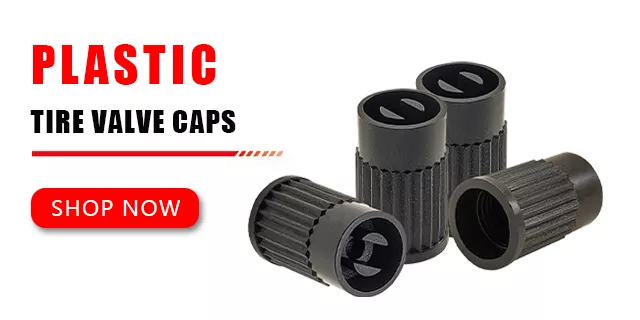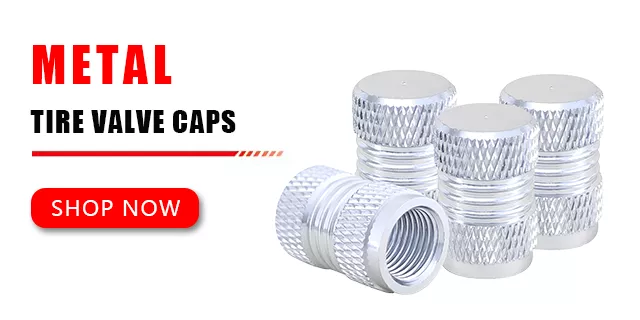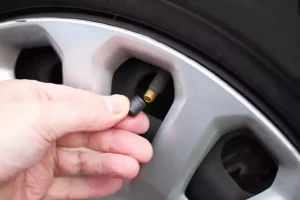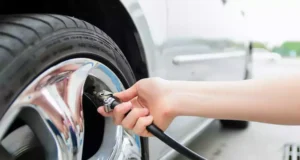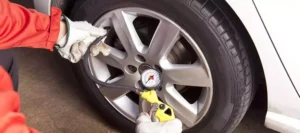When it comes to the health and performance of your vehicle, tire pressure plays a crucial role. It's essential to strike the right balance, ensuring your tires are neither underinflated nor overinflated. But how much tire pressure is too much? Is there a limit to the air you can pump into those rubber donuts? Let's delve into the intricacies and find out.
Excessive tire pressure can lead to a plethora of issues. The overinflation phenomenon occurs when the air pressure within the tire surpasses the recommended level specified by the vehicle manufacturer. This can result in adverse consequences, ranging from compromised driving comfort to potential safety hazards.
When your tires are inflated beyond the ideal pressure range, the first thing you’ll notice is a harsh and bumpy ride. Picture yourself traversing the pavement with the sensation of riding over a rocky terrain – hardly an enjoyable experience, right? High tire pressure diminishes the tire’s ability to absorb shocks and vibrations, leaving you feeling every imperfection on the road.
Moreover, overinflation hampers the tire’s contact with the road surface. With excessive air pushing against the treads, the tire’s contact patch shrinks, decreasing the area in direct contact with the road. As a result, your vehicle’s grip and traction suffer, compromising its ability to maintain control and maneuver safely, especially in hazardous conditions like rain or snow.
Increased tire pressure also poses a threat to the longevity of your tires. The excessive stress exerted on the rubber compounds can lead to accelerated wear and tear. The tire’s center section tends to wear out faster, creating an uneven tread pattern. This not only reduces the overall lifespan of your tires but also requires more frequent replacements, resulting in unnecessary expenses.
Now, let’s not forget about fuel efficiency. Overinflated tires introduce an unwelcome guest into the equation – increased rolling resistance. When your tires have too much air, they become harder and less pliable, increasing the effort required to keep them rolling. This extra resistance translates into higher fuel consumption, as your engine needs to work harder to overcome the tire’s rigidity. In an era where environmental concerns are paramount, it’s essential to optimize fuel efficiency whenever possible.
So, how do you determine when tire pressure has crossed the line into excessive territory? Fortunately, there’s a straightforward solution: consult your vehicle’s manufacturer-recommended tire pressure guidelines. These specifications are usually found on a sticker affixed to the driver’s side door jamb, glove compartment, or the fuel filler flap. They provide you with precise figures, indicating the ideal range within which your tires should be inflated for optimal performance and safety.
Remember that the recommended tire pressure can vary depending on the vehicle make and model, as well as the tire size and load rating. It’s crucial to consider these factors and adhere to the guidelines provided by the manufacturer to ensure the longevity and performance of your tires.
In conclusion, too much tire pressure can have detrimental effects on your vehicle’s ride comfort, handling, tire longevity, and fuel efficiency. It’s crucial to strike the right balance by following the manufacturer’s recommended guidelines. Regularly check your tire pressure with a reliable gauge and make adjustments as necessary to maintain optimal performance and safety on the road. Your tires will thank you, and so will your vehicle.







